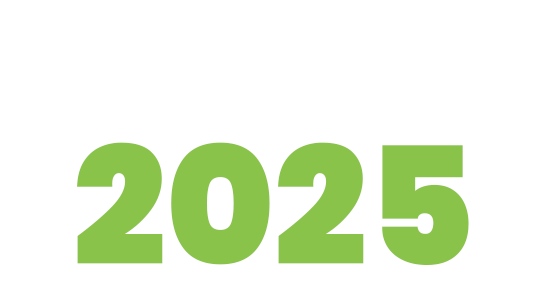
IS01 - Accelerating AM Process Simulation: Reduced Order Modeling, Deep Learning, and Novel Algorithms
Keywords: Additive Manufacturing, Deep Learning, Process Modeling, Reduced Order Modeling
Accurate prediction of additive manufacturing (AM) processes often requires the resolution of a large range of scales in length and time, as well as the consideration of numerous physical phenomena that may include multiple modes of energy and mass transport, phase change, multiphase flow, and chemical reaction. AM process models include part-scale models to predict thermal and thermo-mechanical responses; melt pool models of flow, heat transfer, composition, and phase change; microstructure formation and evolution simulations; powder flow models; and many others. Detailed simulations of these processes through traditional formulations may strain even the largest computational resources. Rather than reducing expense by reducing model fidelity, scope, or resolution, an alternative is to seek modified numerical formulations that reduce the number of degrees of freedom or total number of operations in the calculation, or improve parallel efficiency, while maintaining comparable accuracy. This Invited Session provides a platform to present and discuss techniques to accelerate or reduce the order of AM process simulation. Topics of interested include (but are not limited to):
• Projection-based methods
• Singular value decomposition (SVD), principal component analysis (PCA), and proper orthogonal decomposition (POD)
• Proper Generalized Decomposition (PGD) and tensor decomposition
• Data-driven extraction of reduced variable sets
• Operator learning
• Deep learning methods (supervised and unsupervised) including Graph Neural Networks, Reinforcement Learning, Foundation models, and others
• Surrogate modeling
• Boundary condition and sub-model order reduction
• Algorithmic improvements and novel parallelization schemes
• Thermal and thermo-mechanical models
• Melt pool models
• Heat source-material interaction models
• Microstructure models
• Powder flow models

